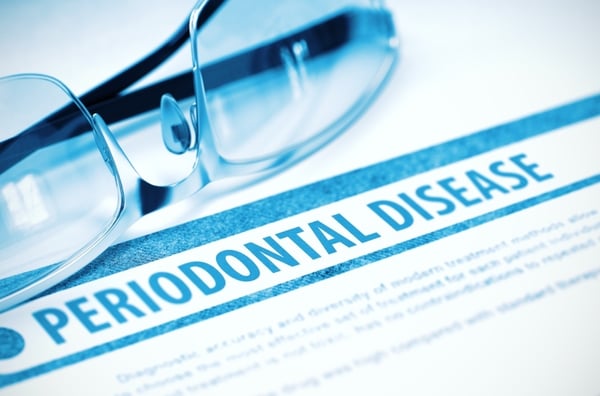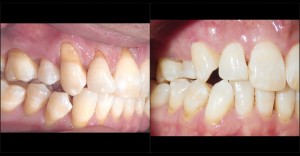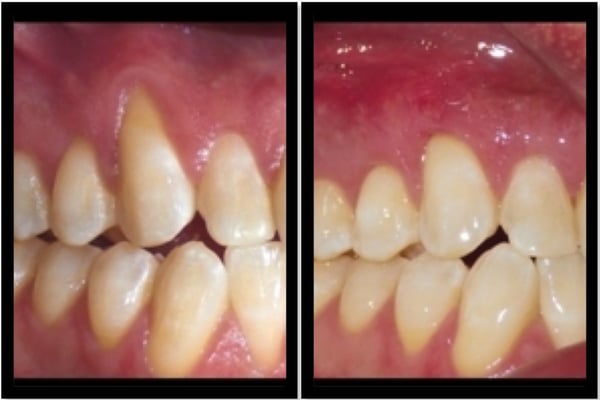
Have you ever gazed into a mirror to discover you had some teeth that appeared to be longer than others? If so, most likely you have receding gums. This is a condition in which gum tissue has been pulled away from a person's teeth. As a result, roots are exposed, which makes teeth more susceptible to structural damage and decay.
If you suffer from a receding gum-line, you're not alone as about half of all Americans have this problem, according to the American Dental Association. Maybe you have a receding gum-line but hesitate to see a dentist because you've heard that gum grafting is invasive and can be painful. If so, take heart.
Thanks to the Pinhole Surgical Technique (PST), you can be treated for gum-line recession without needing grafting or sutures, making it minimally invasive. Here's what you need to know about this dental treatment, along with a few considerations and warnings.
What Is the Pinhole Surgical Technique?
Simply put, PST is a relatively simple procedure for reversing receding gums. After a dentist administers a local anesthetic to numb the affected area, he or she he uses special tools for gently repositioning a patient's gums, which helps to protect teeth.
Rather than having to cut or stitch gum tissue, as in traditional gum grafting, a dentist creates pinholes, the size of a needlepoint, into the gums so that tissue can slide either up or down for covering an exposed area.
Benefits of Using the Pinhole Technique
Compared to traditional gum grafting or connective tissue grafting (also called autogenous bone grafting), the pinhole technique offers several advantages. But probably the main benefit is that it can treat several teeth at one time or as many teeth as desired.
Because no sutures are involved, there's no discomfort from cutting or bleeding, making for a shorter recovery time and less postoperative pain. Another perk is that it doesn't take as long to do as other procedures.
Your dentist doesn't have to take any donor tissue from your palate. Consider how when a patient's own tissue is used, a dentist is limited in how many areas of the mouth can be treated in one treatment. Since this procedure can treat a patient's entire mouth, it can be done in only one appointment. Because there's a lower risk of postoperative trismus, there aren't as many insurance restrictions.
Additionally, it produces the best cosmetic results as your teeth look natural. As a result, you feel more confident about your appearance, so you start smiling again. What's more, it's easier to eat, talk and laugh. In most cases, results are obvious immediately.
Factors Causing Gum Recession
- Gum recession can be the result of several factors. For example, sometimes it's caused by genes as studies have shown that 30 percent of Americans inherit this condition even if they take good care of their teeth.
- The main cause of gum recession is periodontal diseases, which are bacterial gum infections. Besides destroying gum tissue, these gum infections also affect the bones that hold teeth in place.
- Brushing your teeth the wrong way or brushing them too aggressively can also lead to tooth enamel wearing away and receding gums.
- Poor dental care can cause gum recession, such as failing to floss and rinse your mouth with an antibacterial mouthwash. When you don't do this, it's easy for plaque to become the hard substance known as tartar or calculus that accumulates on your teeth. When this occurs, the only way to remove it is by getting a professional dental cleaning before the condition leads to gum recession.
- Even hormonal changes can cause gum recession.
Receding Gum-line Before & After Pictures


Considerations and Warnings
- You cannot have any active periodontal disease when you get the procedure. Furthermore, you should not have any inflammation before getting the treatment.
- Before starting the procedure, your teeth need to be cleaned, which involves removing any gumline fillings.
- Most insurance companies cover the treatment.
- Having the procedure can help in not having to need dentures.
Questions? For more information, please set up an appointment with Dr. William Linger. Our state-of-the-art dental practice provides top notch dental care for not only the greater Charlotte area, but we also welcome patients worldwide. Please contact us and learn more about our wide range of dental services.



